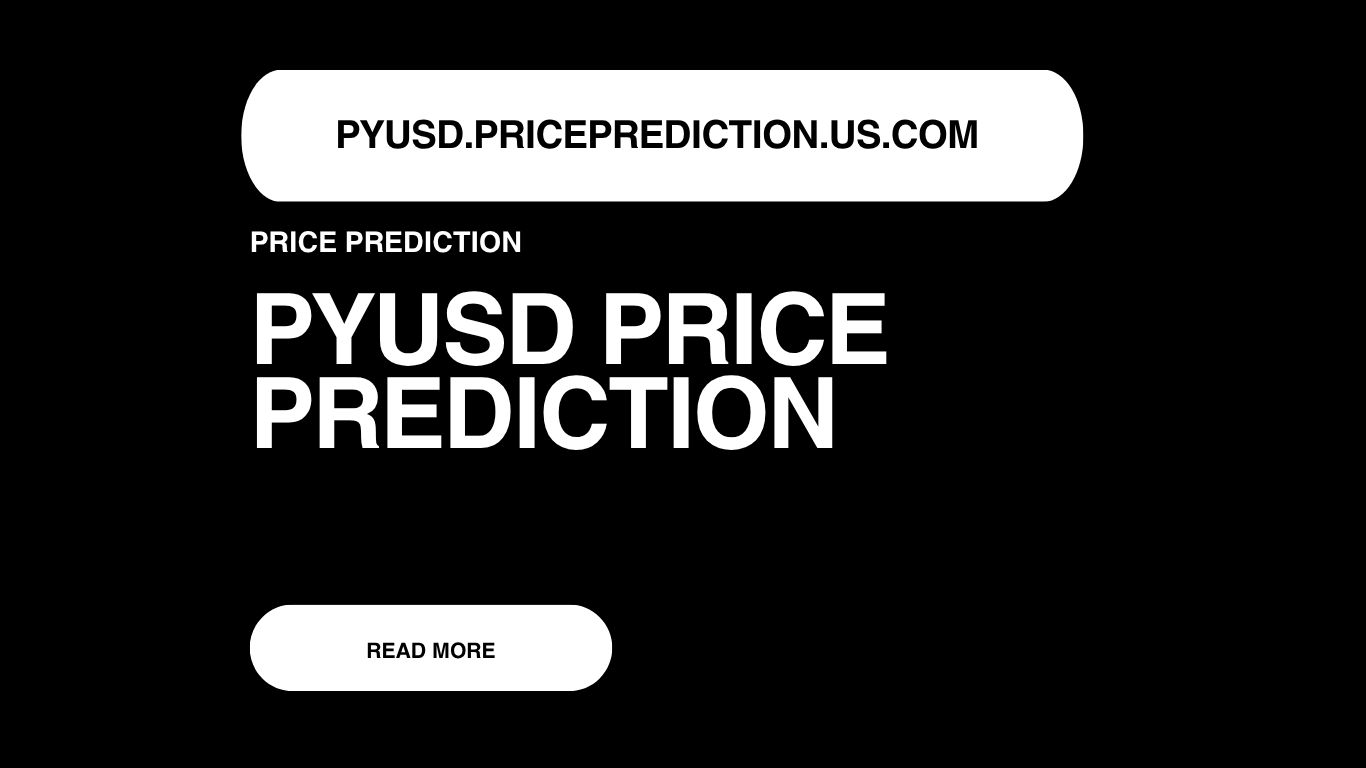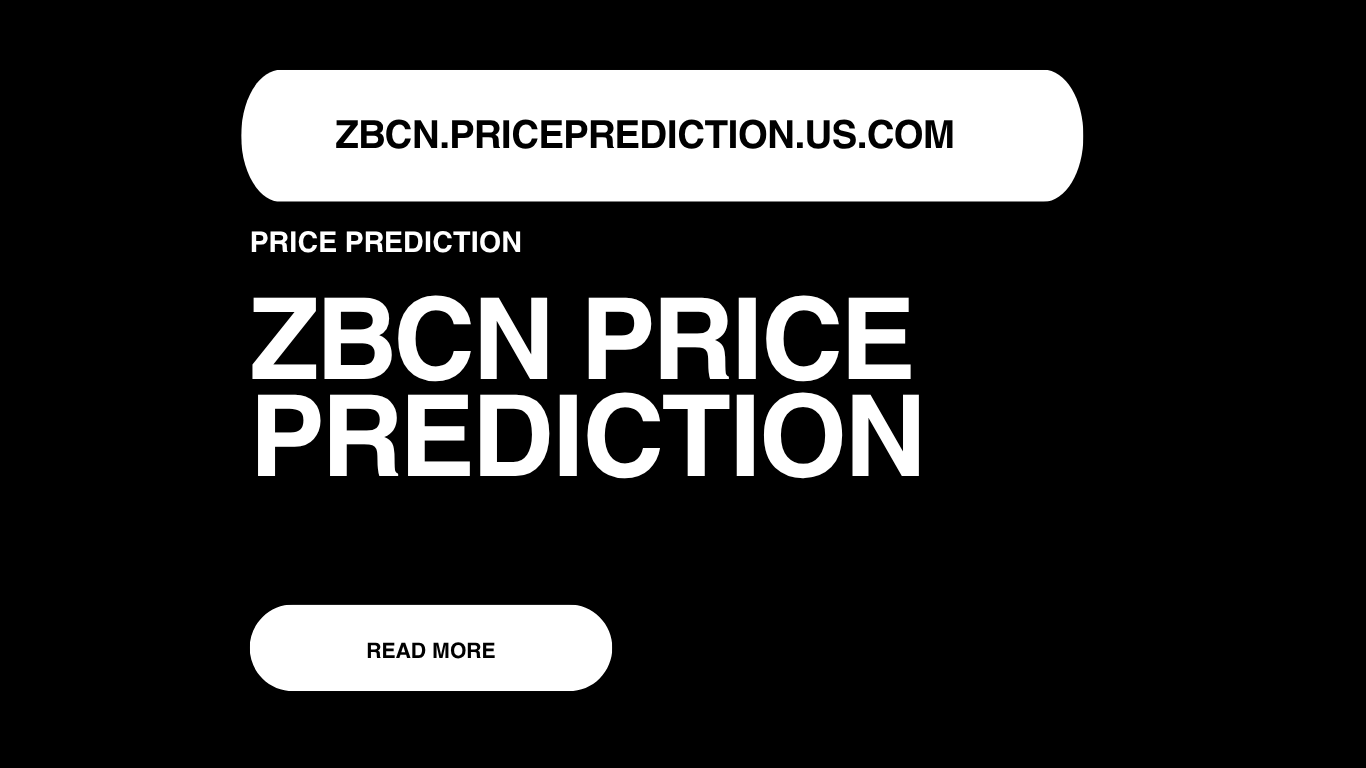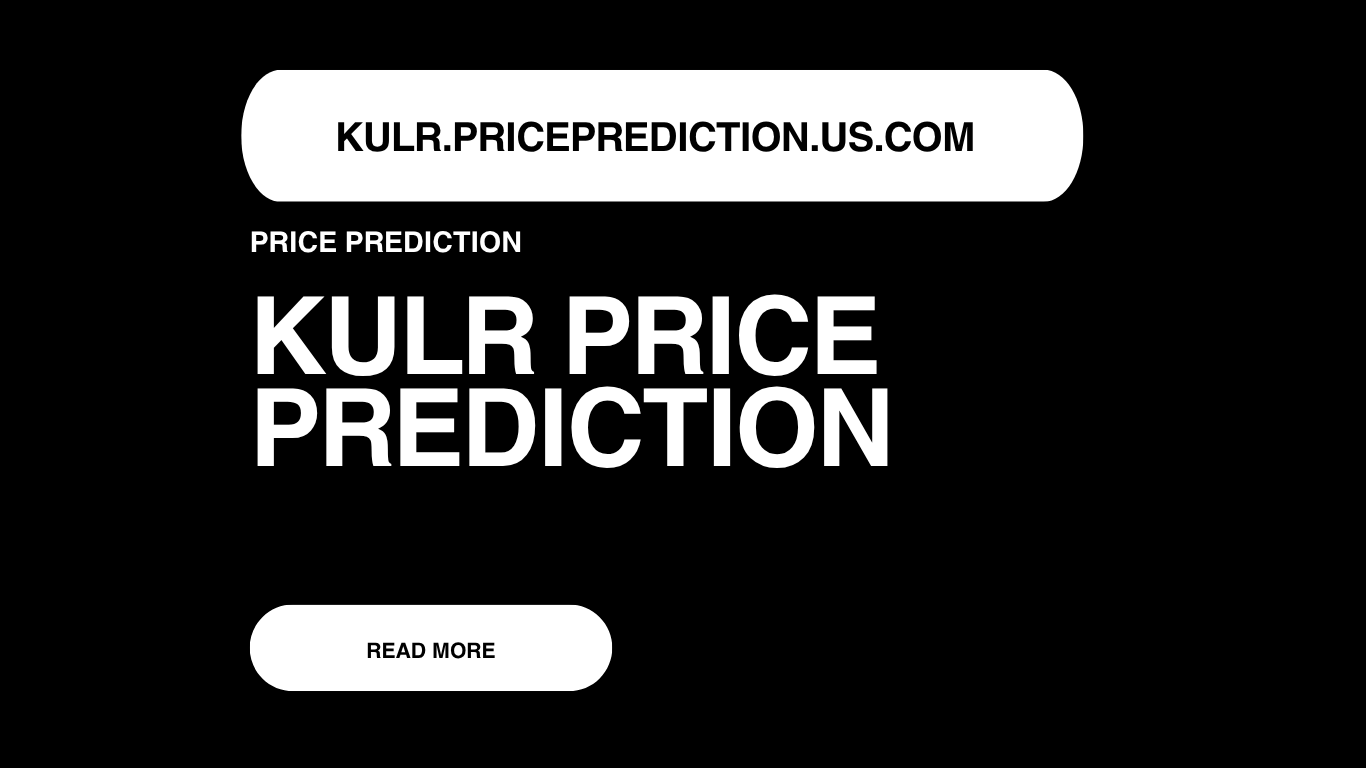Current Price
As of now, PYUSD maintains a stable price of $1.00, as expected from a regulated and fully backed stablecoin. Its focus lies in maintaining peg stability rather than speculative price increases.
Explore PYUSD price prediction from 2025 to 2040. Discover detailed technical analysis, future trends, tokenomics, and roadmap insights for PayPal's stablecoin PYUSD and its potential role in the digital asset ecosystem.

PYUSD, also known as PayPal USD, is a U.S. dollar-pegged stablecoin issued by Paxos and integrated into the PayPal ecosystem. Built on the Ethereum blockchain as an ERC-20 token, PYUSD is designed for fast, low-cost transactions, remittances, and seamless integration into digital finance.
This article explores the long-term PYUSD price prediction through to 2040, highlighting market adoption trends, technical outlook, token economics, and roadmap progression.
As of now, PYUSD maintains a stable price of $1.00, as expected from a regulated and fully backed stablecoin. Its focus lies in maintaining peg stability rather than speculative price increases.
While PYUSD is a stablecoin, technical analysis helps assess liquidity, usage, and market integration. PYUSD exhibits high transaction volume on Ethereum and is integrated into major exchanges and Web3 wallets. Its peg has remained consistent, showing strong confidence in Paxos's reserves and PayPal's backing.
Volume and on-chain activity suggest growing adoption for remittance and settlement use cases. The spread between buy and sell remains minimal, signaling market efficiency and peg strength.
By 2025, PYUSD is expected to be deeply integrated into PayPal’s ecosystem and may expand into international payment corridors. While the price will remain at $1.00, its market cap and circulating supply could increase dramatically as users adopt it for global digital commerce.
In 2026, regulatory clarity may boost institutional adoption of stablecoins. PYUSD could gain traction as a trusted digital dollar alternative for e-commerce platforms, continuing to maintain a stable value of $1.00 while expanding its utility.
By 2027, PYUSD may be integrated into cross-border payroll systems, decentralized apps (dApps), and enterprise finance tools. The price will stay at $1.00, but usage and adoption will likely rise significantly.
As PayPal builds further Web3 and digital wallet solutions, PYUSD could be used in DeFi protocols and yield-bearing instruments. Its value will remain pegged to the dollar, but its presence in both retail and institutional sectors could surge.
With PayPal expanding services globally and leveraging smart contracts, PYUSD may become a standard bridge asset across platforms. Price remains at $1.00, but daily transaction volumes may cross billions of dollars.
By 2030, PYUSD could be a major player in central bank digital currency (CBDC) interactions and smart financial services. Its value will remain pegged, but its importance in the global economy may place it among the top stablecoins in circulation.
PYUSD may be used in everything from decentralized real estate payments to AI-powered robo-advisory platforms by 2035. The token would still be priced at $1.00, maintaining its full backing and regulatory oversight.
In 2040, if stablecoins become core infrastructure for everyday payments, PYUSD could be one of the leading stable assets globally. Its value will continue to be $1.00, with massive on-chain usage across Web3, fintech, and retail.
PayPal USD (PYUSD) is a stablecoin fully backed by U.S. dollar deposits, U.S. Treasuries, and similar cash equivalents. Issued by Paxos Trust Company and governed under regulatory oversight, PYUSD is designed to combine the trust of traditional finance with the speed of decentralized digital money.
Key use cases include:
What is PYUSD used for?
PYUSD is used for digital payments, cross-border remittances, and stable transactions on blockchain networks. It also supports Web3 apps and can be used in DeFi protocols.
Is PYUSD a good investment?
PYUSD is not a speculative asset. It is designed for stability, not appreciation. However, it offers utility in transactions and can be considered a safe digital asset for preserving value.
Can PYUSD lose its peg?
While all stablecoins carry some risk, PYUSD is managed by Paxos under New York regulatory frameworks, with reserves publicly attested monthly to maintain the $1.00 peg.
Bullish Patterns:
Bearish Patterns:
PYUSD stands to benefit from the rising demand for compliant, regulated stablecoins. As Web3 and fintech merge, users want digital dollars that offer speed, low fees, and trust. PYUSD may fill that need on both sides of the digital economy—retail and institutional.
Its integration into PayPal’s infrastructure offers unique positioning compared to most crypto-native stablecoins. As regulations shape the future, PYUSD’s transparent reserve structure could prove to be a long-term advantage.
Provide clear contact information, including phone number, email, and address.

Explore ZBCN price prediction from 2026 to 2040. Get insights into technical analysis, future trends, tokenomics, roadmap, and long-term value forecast for the ZBCN token.

ASTER price prediction explained in simple words for beginners. A clear year-by-year outlook from 2026 to 2040 for the ASTER coin.

Discover KULR stock price prediction from 2025 to 2040. Explore forecasts, technical analysis, roadmap, and future trends driving growth in battery safety and thermal management.